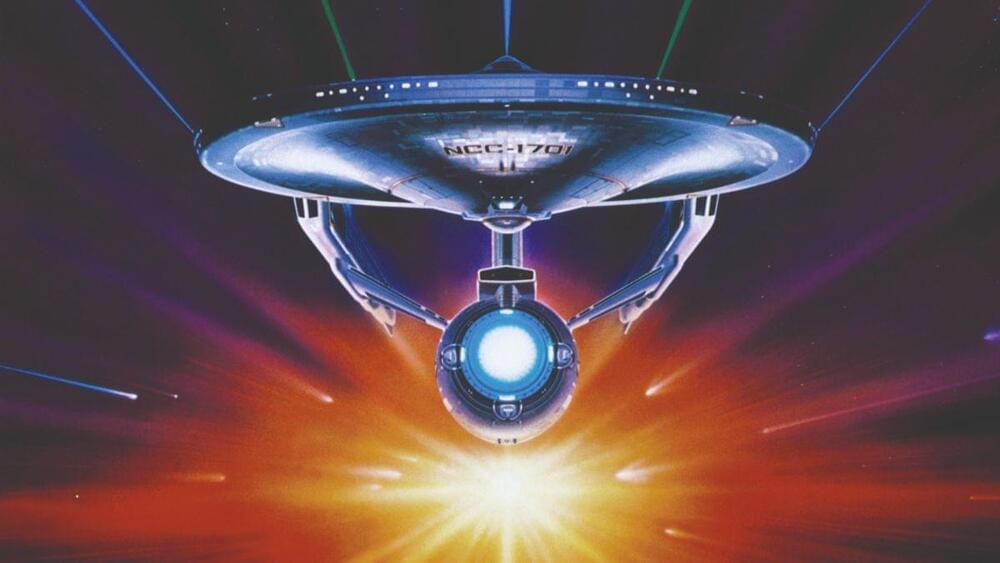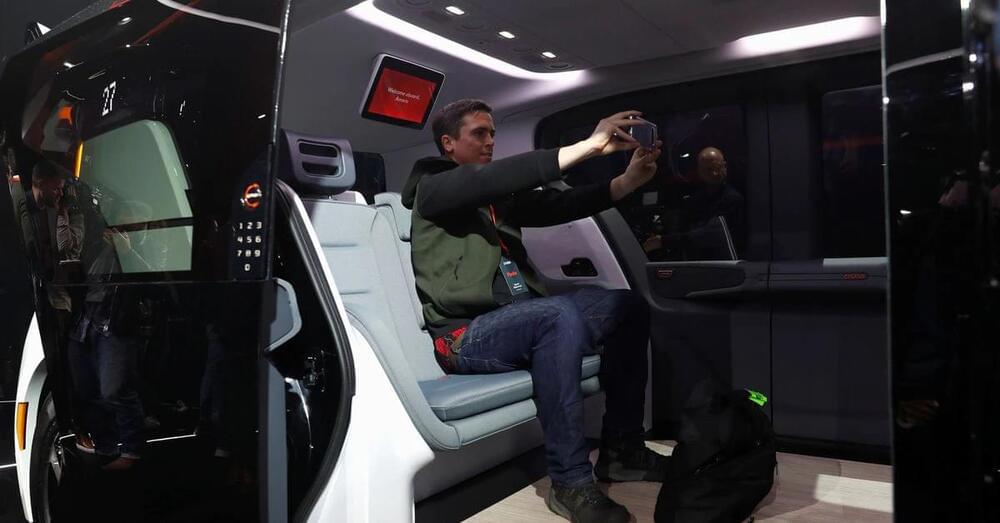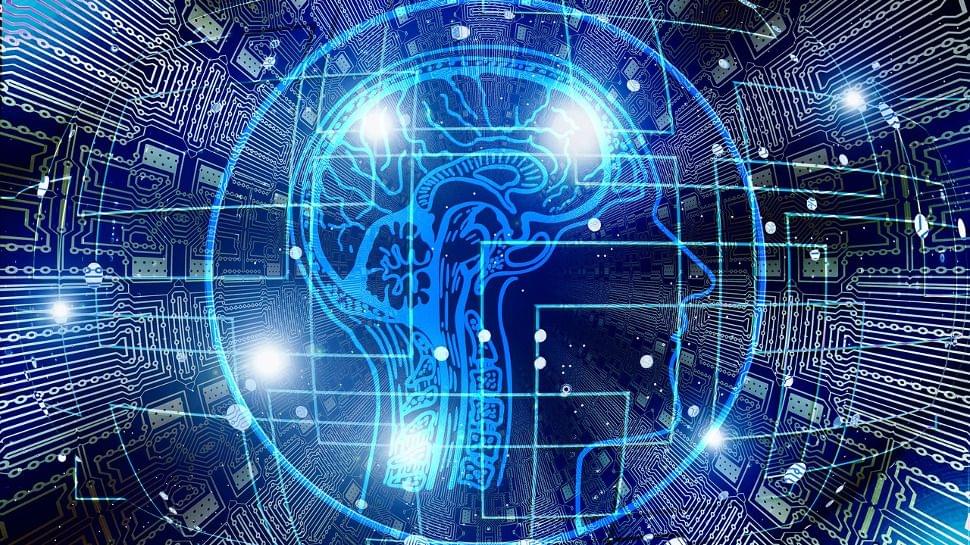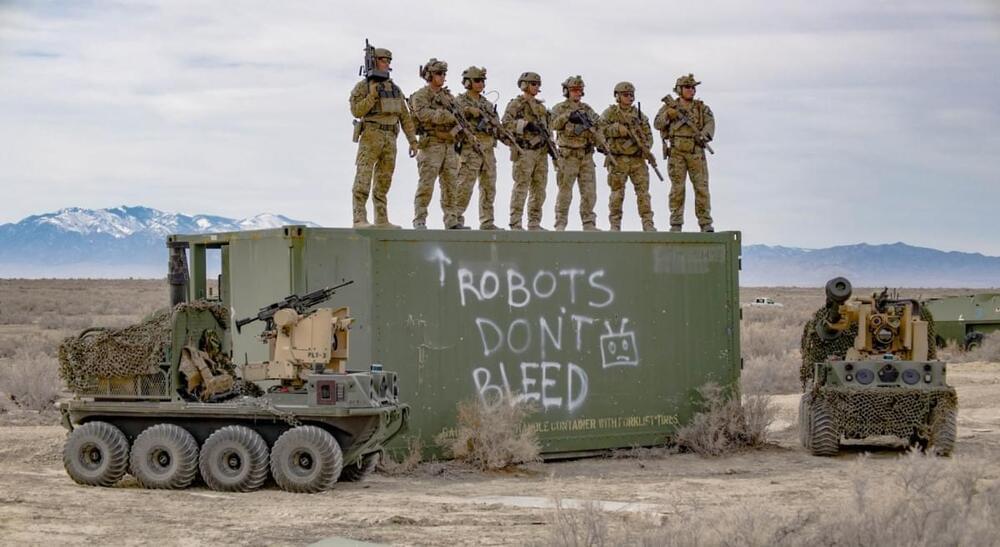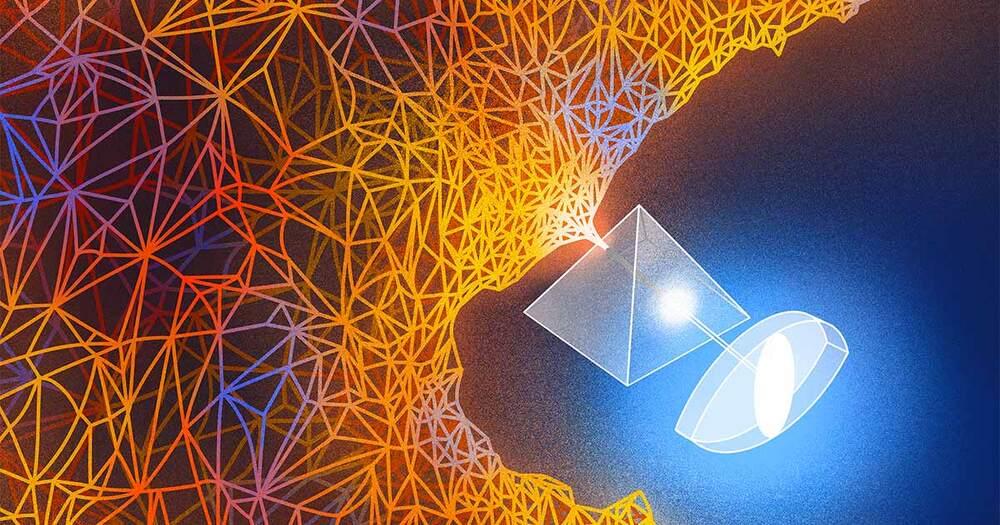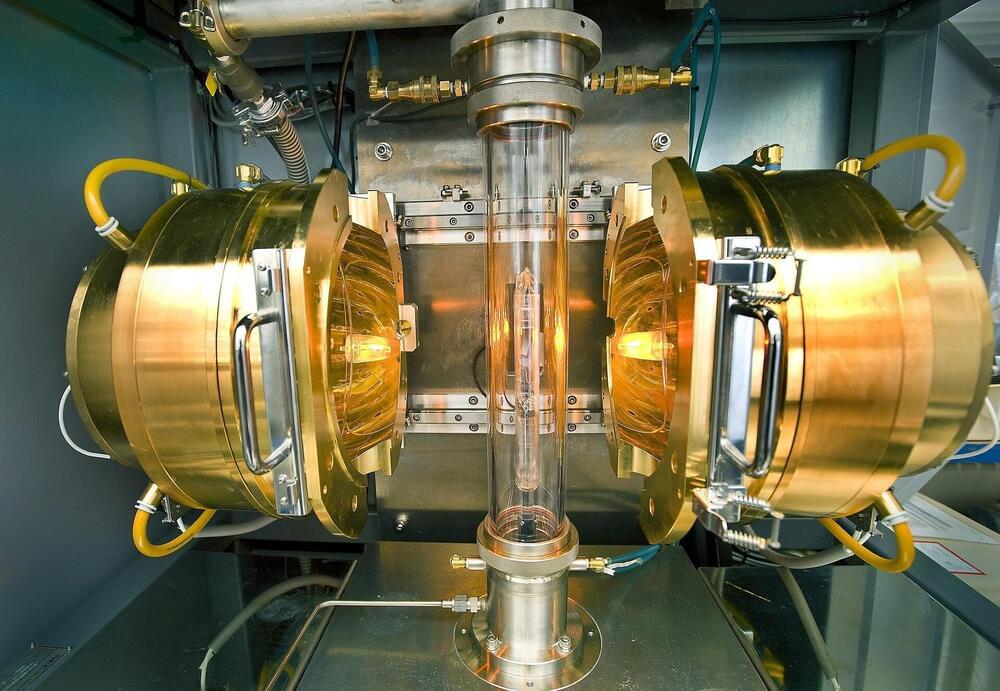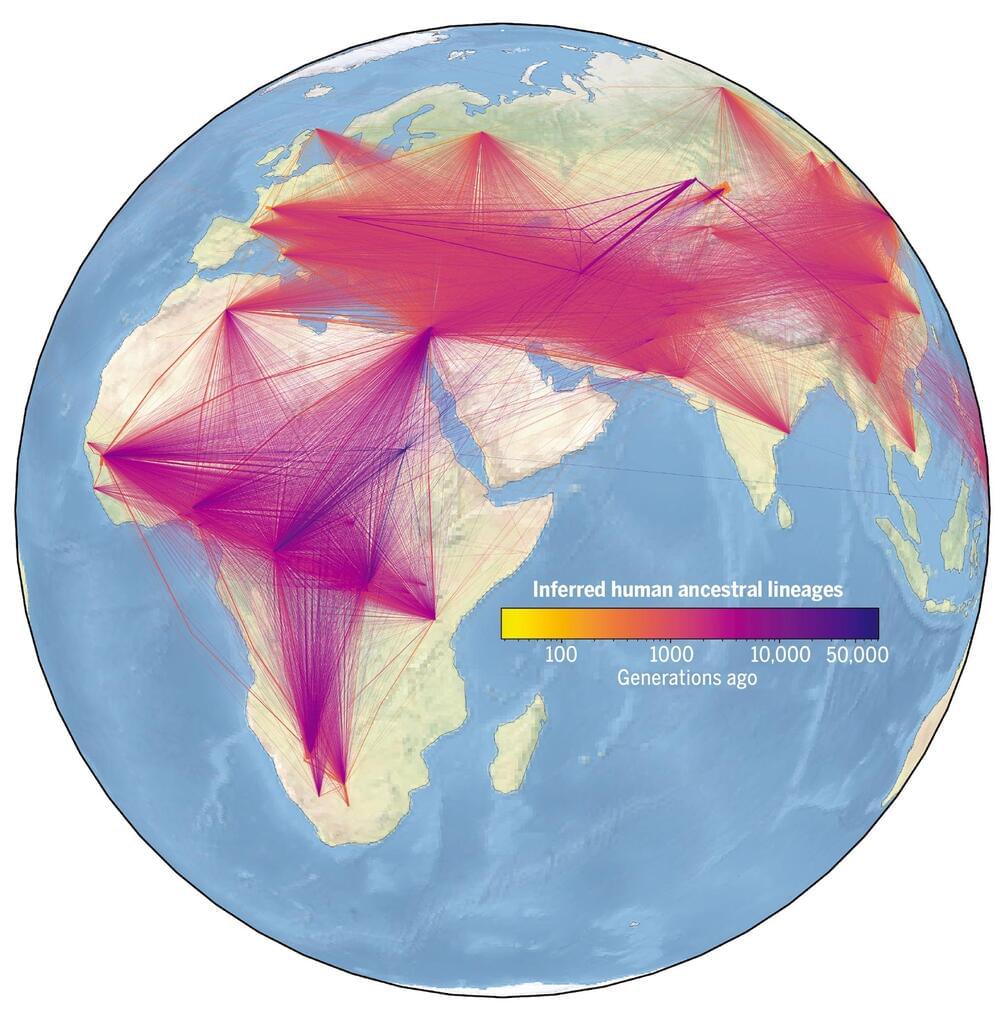
Amazon and Virginia Tech today announced the establishment of the Amazon – Virginia Tech Initiative for Efficient and Robust Machine Learning.
The initiative will provide an opportunity for doctoral students in the College of Engineering who are conducting AI and ML research to apply for Amazon fellowships, and it will support research efforts led by Virginia Tech faculty members. Under the initiative, Virginia Tech will host an annual public research symposium to share knowledge with the machine learning and related research communities. And in collaboration with Amazon, Virginia Tech will co-host two annual workshops, and training and recruiting events for Virginia Tech students.
“This initiative’s emphasis will be on efficient and robust machine learning, such as ensuring algorithms and models are resistant to errors and adversaries,” said Naren Ramakrishnan, the director of the Sanghani Center and the Thomas L. Phillips Professor of Engineering. “We’re pleased to continue our work with Amazon and expand machine learning research capabilities that could address worldwide industry-focused problems.”

